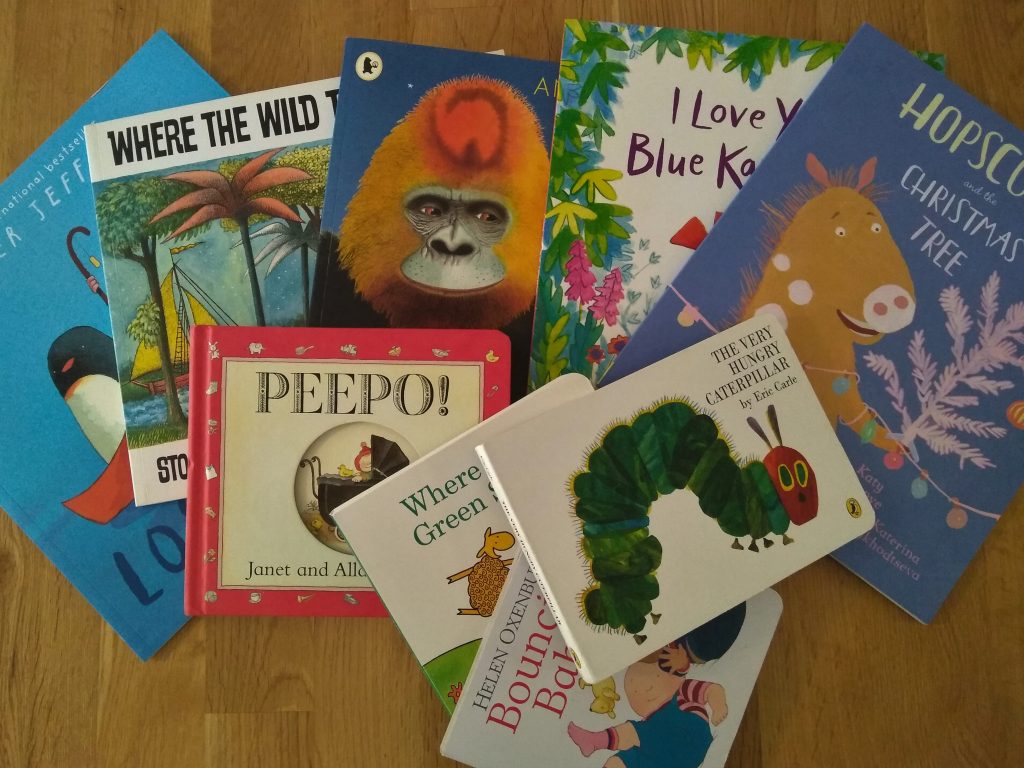
If you’ve ever thought about writing for kids, but weren’t sure where to start, I highly recommend having a go at writing a children’s picture book. They’re short, and fun, and you can share them with the little ones in your life. So why not give it a try?
Compared to many other types of writing, you won’t have to commit much time. They’re not easy, but I hope these 6 tips will help you write your own children’s picture book.
1. Read, Read, Read
Get hold of and read some really good picture books, and some bad ones too. Read them, analyse them, and read them again until you get a sense of what makes them good (or bad).
If you’re unsure which ones to read, google ‘best children’s picture books’ – and find a list curated by a decent newspaper. Read a selection of these.
The best ones will make you smile and chuckle, warm your heart or bring a tear to your eye. The worst ones are long and confusing, which brings me onto…
2. Length
If you’re writing a picture book for 3-5 year olds, your story should be 500-700 words long, and not a word longer!! Sorry to be so emphatic, but many of us tend to go on a bit, when left to our own devices. But both publishers and parents alike, don’t want to read long picture books, so make sure you get to the point fast.
If you’re writing for 0-3 year olds, the length is in the region of 50-200 words. This brings me onto…
3. Age
Before you start, make sure you know which age group you’re writing for, as this has a huge bearing on your story. It will affect the length of the story, the subject matter and the language you use, so do make a decision about this before you start writing.
4. Rhyme
DON’T write in rhyme unless you’re sure you’re really good at it! If you want to be published, publishers generally prefer not to take on rhyming books, because they’re hard to translate. But it can also make it hard for you to tell your story as effectively as you’d like. You might find yourself choosing too advanced words just to make your rhyme work. However, repetition goes down really well, so give that a try instead.
5. Language
Keep your sentences short and your vocab really simple. This is essential. If you’re not around little ones on a regular basis, and don’t know how limited their vocab is, then go back to point 1 and read, read, read lots of picture books, until you have a good handle on the sort of language that is generally used to tell these stories. It’s probably a lot simpler than you realise.
6. Read it aloud
Picture books are written to be read aloud, so be sure to read it aloud to yourself. Make sure it’s easy to read and that it’s pleasing on your ear.
7. Bonus tip – you don’t need to find an illustrator
Unless you’re an illustrator yourself, don’t worry about the pictures because publishers like to match authors and illustrators themselves. They won’t thank you for doing this for them. If you are an illustrator, however, that’s another matter.
Free Course
If you’re interested in exploring picture books further, check out my Skillshare course, ‘How to Write a Children’s Picture Book’. It’s super short and you can watch it for free (as well as multiple other writing and creative courses) via this link.
Adaptation
If you’re looking to adapt your picture book into an animated film, have a read of this article that I wrote.
Get in touch!
What are you working on? Drop me a line, I’d love to hear from you. Let me know if there’s anything you’re struggling with in your writing, as I could address it in a future blog post.
Explore my website for more writing tips
Happy Writing everyone!
